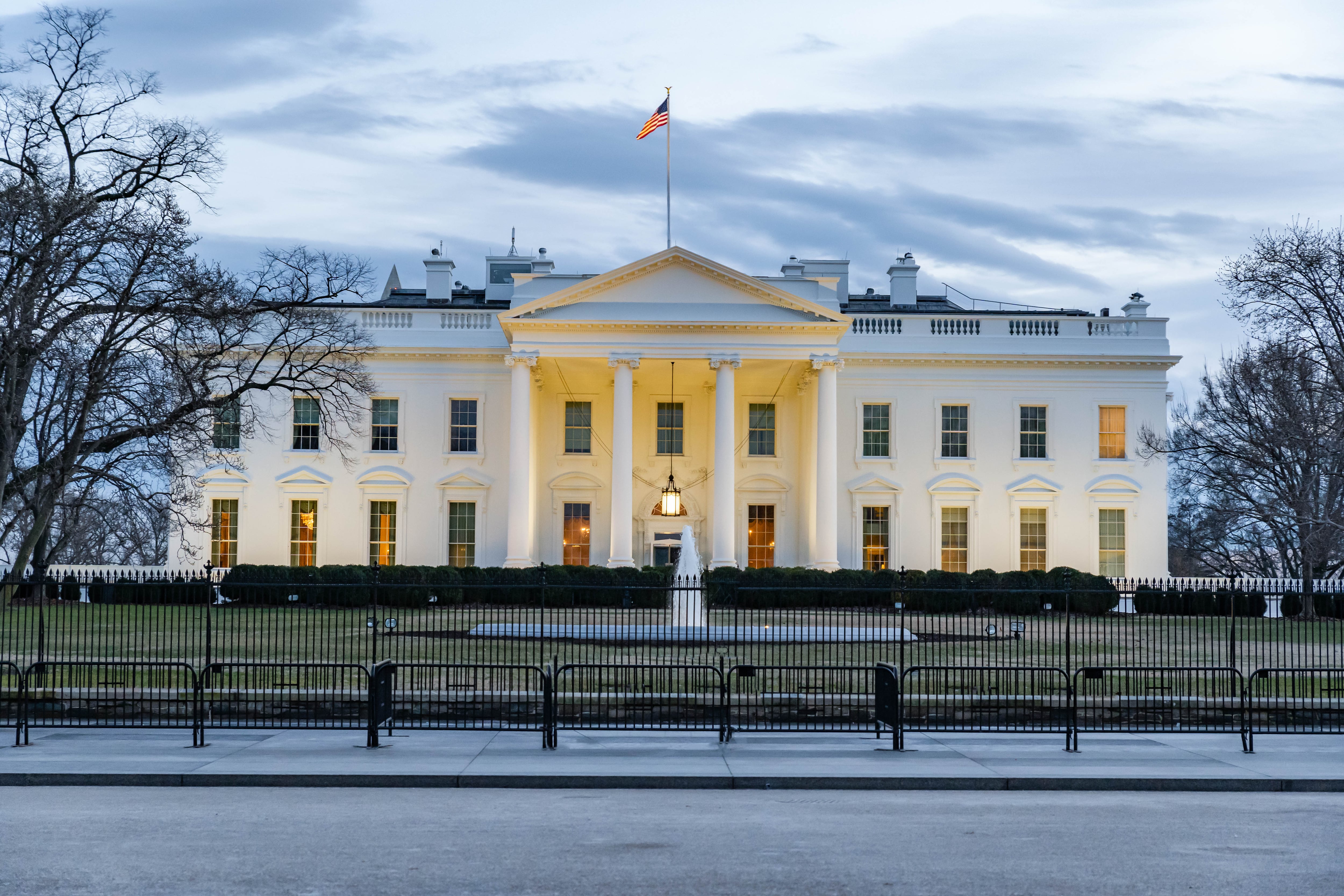President Joe Biden’s upcoming management agenda will address strategies for revitalizing the federal workforce at large, Pam Coleman, Office of Management and Budget associate director for performance management, confirmed at a March. 1 GovExec New Agenda event.
That agenda will aim to address the “full extent of the damage” done to the federal workforce by the Trump administration, according to Coleman, and work on rebuilding that workforce.
“As this critical work continues with urgency, agencies and departments are hiring, and we encourage folks to apply,” Coleman said.
“The president has made it clear that the federal government is a place where staff are protected, empowered, and respected and where the opportunity to make a difference is unparalleled.”
RELATED

President Donald Trump’s management agenda focused too on the federal workforce, though his objectives centered on initiatives like realigning federal compensation, making employees easier to hire and fire, “rebalancing” labor management and reprioritizing spending toward jobs that “advance the safety, security and prosperity of the American people.”
In practice, those priorities resulted in orders to restrict collective bargaining, create a new job schedule outside of normal civil service protections, break apart the Office of Personnel Management and call for annual budgets to limit across-the-board pay increases in favor of more targeted performance award funds.
The federal workforce’s reaction to such initiatives has been hotly debated amongst members of Congress, former administration officials and federal labor unions. Supporters of Trump’s plans have pointed to high Federal Employee Viewpoint Survey scores as evidence that the workforce was supportive of the new direction, whereas opponents note that tanking scores at specific agencies, poor labor relations and highly skilled federal employees leaving the government indicate a largely negative reaction.
For the most part, those efforts have been dismantled in the early days of Biden’s presidency by rescinding Trump’s anti-union orders, eliminating Schedule F, protecting the independence of federal scientists and removing restrictions on federal diversity training.
“Reversing four years of efforts to undermine the role of the federal government in addressing our country’s challenges won’t happen overnight. Rebuilding the federal workforce and recruiting more people to join us in service will require intensive effort. It will take time, and it will take all of us,” said Coleman.
“My commitment to you is that I will work tirelessly every day alongside you to deliver on the president’s promise to protect and empower you and rebuild your teams and agencies.”
Coleman also promised that the Biden administration would not treat the federal workforce as a bureaucratic monolith:
“We often default to discussing government in terms of what an agency does, or about the workforce as one unit, as though our government is a faceless monolith. And that makes sense in some instances. After all, governing is values in action and those values are carried out by the government. But government and the workforce are composed of individual people — those of you listening today — doing the work of the people, and for the people. So today, when I talk about the workforce, I encourage you to hear me talking in terms of individual people — you, your coworkers and your teams. And know that I am here because the president has made you a priority. He sees you, believes in you and trusts you.”
Though Biden’s management plan has yet to be released, his officials’ discussion of the new administration’s policy approach indicates that Biden and Trump have taken two directly opposing approaches to accomplish the same goal: improving the quality and effectiveness of government services.
The Trump administration approached the federal workforce as a bloated institution whose bureaucratic rules protected poor performers and neglected the highest-quality employees. His plans aimed to trim the fat of those rules and practices to allow the federal government to operate with the efficiency of the private sector.
By contrast, the Biden approach appears to place the highest value on the expertise of the whole federal workforce and to protect those experts from as much political influence and upheaval as possible. That policy also views federal unions as advocates for employees to fully pursue their work, rather than roadblocks who protect poor performers from discipline.
Jessie Bur covers federal IT and management.
In Other News




